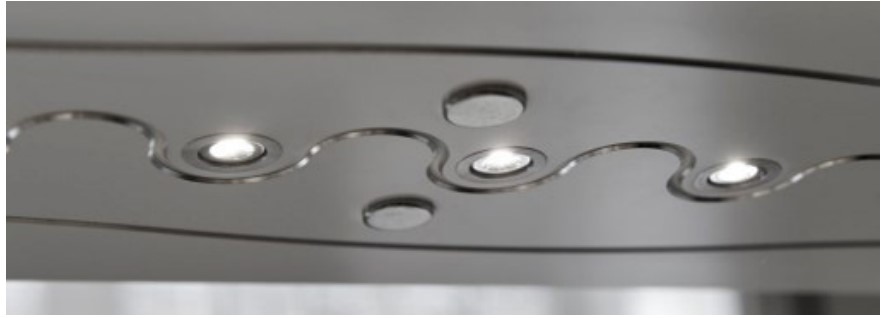Studying shining LED lights


Challenge
X-ray Computed Tomography (CT) is a technique in which a 3D representation of the studied sample is obtained after the sample is X-rayed from different angles. Therefore, it allows to study materials non-destructively under operating conditions. In order to picture the effects of the temperature increase due to the LED being lit, the LED has to be operating during the CT acquisition. This requires enough space on the inside of the X-ray equipment, a connection to a power supply and a sample holder which keeps the area of interest inside the X-ray beam without other parts moving into the field of view.
Collaboration
Through the collaboration between LED iBond and the 3D Imaging Centre at DTU, the material was characterised using in-house micro X-ray computed tomography. This collaboration was part of the LINX project, in which researchers at leading Danish universities collaborate with scientists in industry to solve industry-relevant problems using advanced neutron and X-ray techniques. Besides projects for the members of the LINX association, the LINX project also supports outreach projects for companies which are not members of the LINX association. In this way, new companies can test how they can profit from X-ray- and neutron-based techniques.
Results
In situ measurements were performed using a commercial Nikon XT H 225 X-ray tomography setup which has a large sample chamber and allows to place a power supply inside the chamber. The same measurements were carried with a running LED and after turning it off. For quantitative analysis, the upper parts of the sandwich structure were overlaid, such that differences in the more flexible parts could be studied. A finding was that the distance between the upper and lower part, which are connected by a spring, is enhanced when the light is turned on, as pointed to by arrows. This can be explained by thermal expansion. Moreover, the non-destructive measurements allow to also quantify these differences, when the same material is compared under operating and non-operating conditions.

